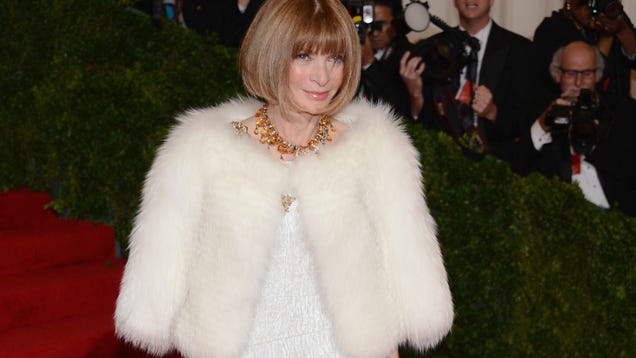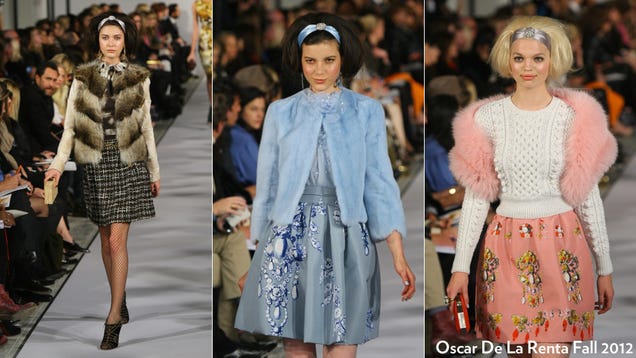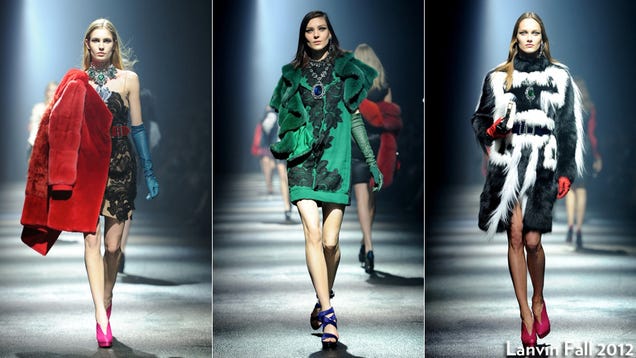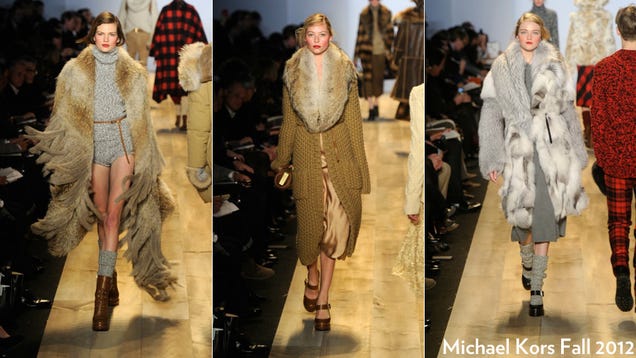5 Reasons Why Fur Coats Will Never Go out of Style
Fur coats are what you think of when you hear the words “Old Hollywood Glamour”. Some of the biggest stars such as Marilyn Monroe, Elizabeth Taylor, and Rita Hayworth, have worn them to set fashion standards to date. Also, many celebrities in recent years, such as Kanye West and Jennifer Lopez have been wearing these luxurious items, standing out wherever they go. Therefore, we can safely say that this is a fashion trend will never go out of style.
There is no denying that a fur coat is one of the most glamorous garments you could own. Indeed, they will always remain a timeless fashion staple but there are multiple reasons for this. For instance, along with looking the trendiest, you have ever looked, the warmth these coats provide you with is unmatchable. Hence, we have put together five reasons why fur coats will never go out of style.
- Unmatchable Warmth
Just by looking at a fur coat, you can imagine the warmth they can provide you with. Because winters can get warm in certain places, people want a coat that will keep them warm against the harsh winter conditions. Fur coats are made from natural animal fur which is why they can provide immense warmth by way of creating a layer of insulation. This is ensured by using the fur of animals who inhabit harsh winter regions.

Indeed, the warmth is unmatchable by any other source. Furthermore, there is no human-made material that can keep you this warm. Lastly, there won’t be any added bulk you would have to carry.
- Prioritizes Comfort
All we want to do in winters is drink hot chocolate, sit by the fireplace and stay inside our quilts. So, this is another reason why fur coats will never go out of style. They can provide you with the utmost comfort. For one thing, they make you want to step outside and go to places. These coats can make the chilliest winter nights enjoyable.

Real fur coats can be heftier than most other materials, but the incredible softness and comfort they offer make you want to wear them every day.
- Increased Durability
Fur coats last a long time. They are much more durable than any other winter jacket in your closet. Furthermore, they are passed down through generations. Because they are so durable, they have maintained their stance in the fashion industry. This is one of the best reasons why fur coats will never go out of style; they have long lives.

Although they are naturally long-lasting, you must take good care of them. By taking proper care of them, you can ensure they last as long as possible.
- Versatility
If there is one thing you get from fur coats, it is versatility. You have countless options available: from Mink to Shearling and much more, you can choose from a wide array of fur options. There are so many different kinds of fur. Hence, you get different styles of fur coats available in the market.

You can rock so many different outfits just by donning a good quality fur coat. Also, they have the unbeatable power of making your outfit look ten times better. Furthermore, if you do not like the look of your fur coat, your furrier can solve that problem.
Repurposing and restyling a fur coat makes it even more versatile. Trends change over time. Hence, having the option of restyling your coat is an added bonus! Check out some of the ways Marc Kaufman can give your coat more versatility here.
- A Trend for The Ages
The biggest reason why fur coats will never go out of style is that they are trendy, no matter what era you’re living in. Although the fur styles can change over time, the idea of wearing the luxury garments will never die. For example, fifty years ago, people would wear long, heavy fur coats that exuded glamour and wealth.
The fox coat in the photo is a real example of the fur coat trends of those days.

With ever-changing fashion trends, we find ourselves restocking our closets continuously. However, the fur coat in our closet will always have its own place. Therefore, wearing furs isn’t likely to die out anytime soon.
Finding a classic style, like the one in the photo below, can help you stay relevant in the fashion game for years. Also, many have a fur coat passed down to them from their grandparents. So, the emotional and sentimental factor also makes the fur coats never go out of style.

Conclusion
There are many reasons fur coats will never go out of style. They seem to stay relevant year after year, regardless of what is usually trending at that moment. Moreover, the endless choices of fur types and styles fashion has to offer you is always an enticing factor.
The vintage appeal is attractive to people. In addition to the warmth and comfort these coats offer, they hold a sense of charismatic qualities and appeal to anyone who observes them. If you live in a cold country, these coats are the best option available to you.
We hope the five reasons why fur coats will never go out of style have helped you realize just how timeless they are – Everyone wants to feel glamorous and luxurious.
At Marc Kaufman Furs we provide you with just that. We are one of the top fur retailers who only want you to feel and look your best in these coats. It is your time to experience the comfort, warmth and extravagance these coats provide.
Mink, Shearling, Fox, Sable and much more – we have them all! Now that you know why these fur coats will never go out of style, visit our website to browse through the countless options we have for you!


















